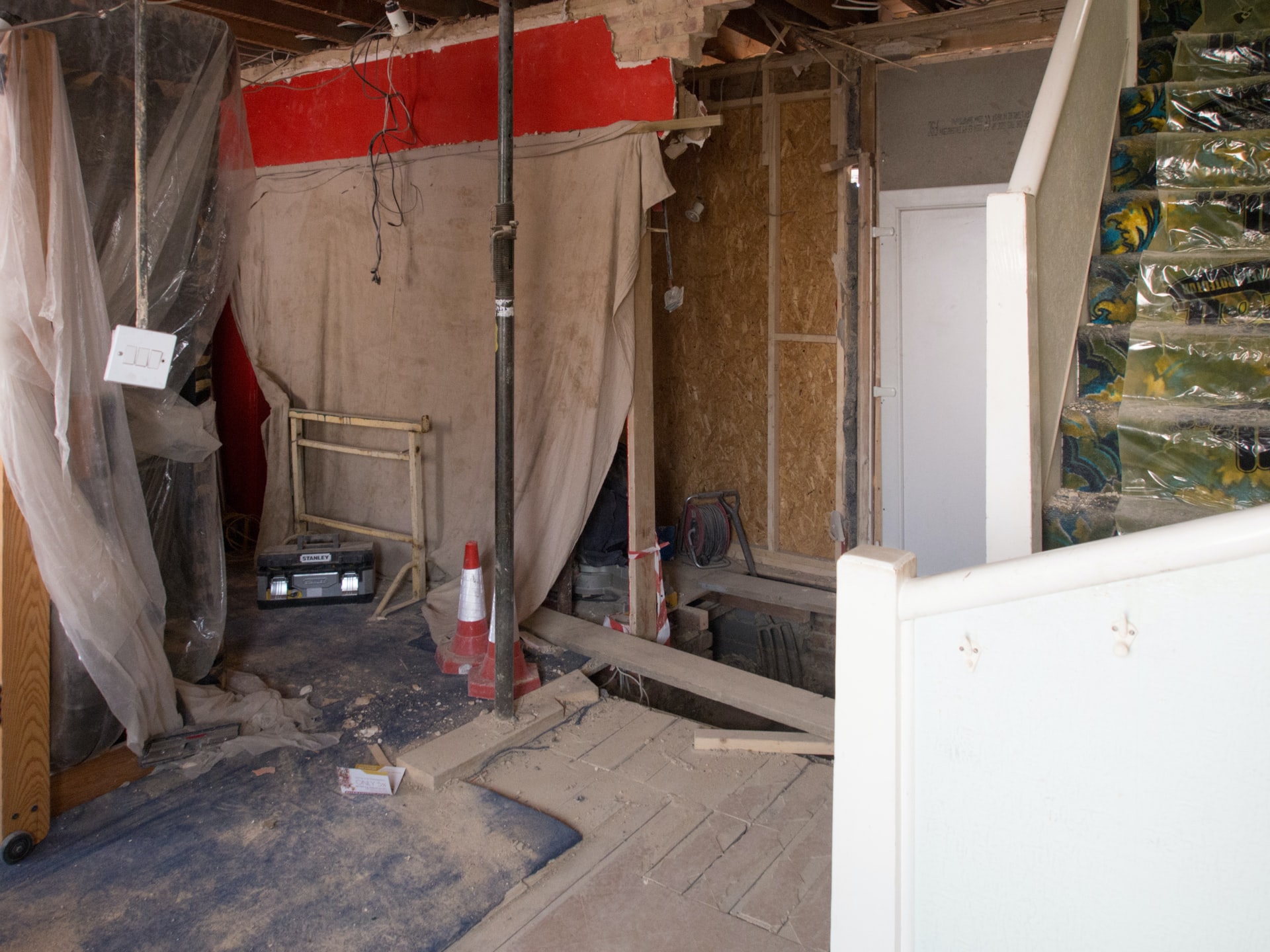Finding your basement flooded is one of the most stressful situations a homeowner can experience. For most, the immediate response is, “What do I do now?”
Luckily, POM Waterproofing has plenty of experience in the area of basement flooding. Let us walk you, step by step, through what you need to do in the aftermath.
Get Rid of the Water
The first step may seem obvious but, when in a panic, the obvious is often foggy. The first step when you find your basement flooded is getting rid of the water. You can do this one of three ways:
- A Bucket
This method is not easy, nor is it fast or effective. You should only attempt to bail out your basement by hand if you have no other option, financially. It can also be dangerous as flood waters can contain disease and parasites and bailing with a bucket usually leads to contact with the water. - A Wet Vacuum
A wet vacuum is a vacuum that’s able to suck up liquids. Because this requires the same amount of hauling water outside as bailing with a bucket, it’s also not the most recommended. It does save on time, however, as you can suck up water with the hose, instead of trying to scoop it – which gets difficult the lower the water level gets. - A Pool Pump
You’ve probably seen one of these before – if not in person, then in a movie. Pool pumps are those long, wide hoses that are used to suck all of the water from a pool when it needs maintenance or is going out of commission. Using one of these can clean up the pooled water in your basement in no time, minimizing long-term damage to your foundation and structure.
Begin Item Recovery
When the basement is clear of pools of water, it’s time to begin salvaging your belongings. Take everything out of the basement. It’s recommended to lay out a tarp on the lawn by the exit nearest your basement. This will allow you to sort through what you recover without spreading flood water and mud all over your house.
Remove Remaining Moisture
When everything is out of the basement, it’s time to get rid of any moisture left. It’s recommended to buy or rent a heavy duty dehumidifier and leave it running in the basement. This will suck up moisture in the air, allowing the space to dry faster.
For any surface you can reach, it’s time to take out your entire closet of towels and begin drying. Save sanitation for later. The goal for now is to get things dry to avoid molding, bacterial growth, and pests.
Ensure Safety
When the basement has been completely dried, let the dehumidifier keep running and begin sanitizing the space. Break out all of your favorite cleaners and use them on every surface that was within a foot of the flood water. This will kill any bacteria that made its way in in the water.
When you’ve cleaned up to the best of your ability, you’ll want to have a professional come out and inspect your basement. Someone experienced in basement flood recovery will be able to spot any areas that may need further help, such as waterlogged wood that may rot. Without an inspection, certain red flags may slip your notice and leave you with hefty remodeling bills down the line.
Avoid Another Flood
If your basement flooded just by severe weather, it’s time to prepare for future flooding. If it can happen once, it can happen again. Therefore, if there was a specific source for the flood water, such as a window well, window well waterproofing could save you from another disaster. However, if cracks in your foundation or basement walls are the culprit, it’s time to invest in basement waterproofing. Keep your house lasting as long as you do by investing in your future.




